
Muslim clothing is known for its modesty and elegance, showcasing a unique blend of cultural heritage and personal fashion choices. Sewing your own Muslim clothing not only allows you to personalize your style but also provides an opportunity for self-expression and creativity. Whether you are a novice or an experienced seamstress, sewing patterns can be a valuable resource in creating beautiful and modest clothing.
Why Use Sewing Patterns?
Sewing patterns serve as a guide that allows you to create garments with precision and accuracy. They provide step-by-step instructions, measurements, and often include various size options. Using sewing patterns for Muslim clothing ensures that your end result meets the criteria of modesty, while still reflecting your personal fashion taste.
Patterns come in a wide variety of styles, ranging from abayas, hijabs, kaftans, jalabiyas, and other traditional Islamic garments. Whether you prefer a more traditional look or want to incorporate modern elements, sewing patterns enable you to adapt existing designs or even create your own unique ones.
Where to Find Sewing Patterns?
With the increasing popularity of sewing and DIY culture, finding sewing patterns for Muslim clothing has become easier than ever. There are several options to explore:
- Online Marketplaces: Websites like Etsy, eBay, and online fabric stores offer a wide range of sewing patterns designed specifically for Muslim clothing. You can browse through various options, read reviews, and choose patterns that suit your style and skill level.
- Specialized Pattern Companies: Many pattern companies focus on creating sewing patterns for ethnic and religious clothing, including Muslim garments. These companies develop patterns with cultural considerations in mind, ensuring authenticity and design accuracy.
- Local Sewing Stores: Visit your local sewing store, as they often carry a selection of sewing patterns suitable for different types of Muslim clothing. You can seek expert advice from staff and choose patterns that fit your requirements.
- Online Sewing Communities: Online forums and social media groups dedicated to sewing offer a platform to share and discuss sewing patterns. Members of such communities often share their own patterns or recommend reliable sources.
Tips for Using Sewing Patterns
When using sewing patterns for Muslim clothing, here are a few tips to keep in mind:
- Measure accurately: Take precise measurements of your body to ensure a perfect fit.
- Choose suitable fabrics: Select fabrics that drape well and are suitable for modest clothing, such as cotton, linen, or lightweight woven materials.
- Practice on mock fabrics: Before cutting your desired fabric, practice sewing a mock-up using inexpensive muslin fabric to check the fit and make adjustments if necessary.
- Follow instructions carefully: Pay attention to each step of the sewing process and follow the pattern instructions accurately.
- Experiment with embellishments: Feel free to add your own creative touch to patterns by experimenting with embellishments like embroidery, lace, or unique trims.
Sewing patterns for Muslim clothing open up a world of possibilities, allowing you to create garments that resonate with your culture, personal style, and modesty preferences. With the right patterns and materials, you can not only showcase your sewing skills but also contribute to the diversity and beauty of Muslim fashion.
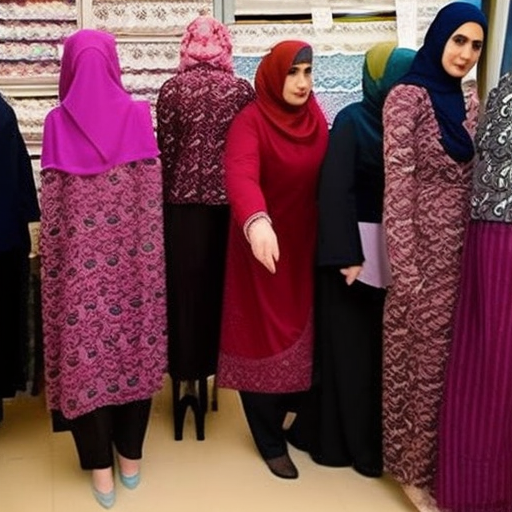
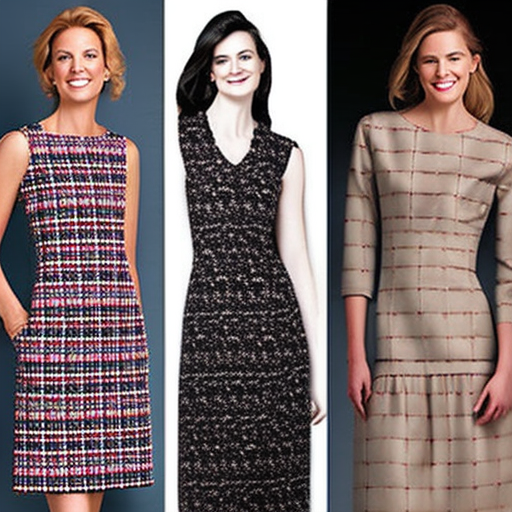
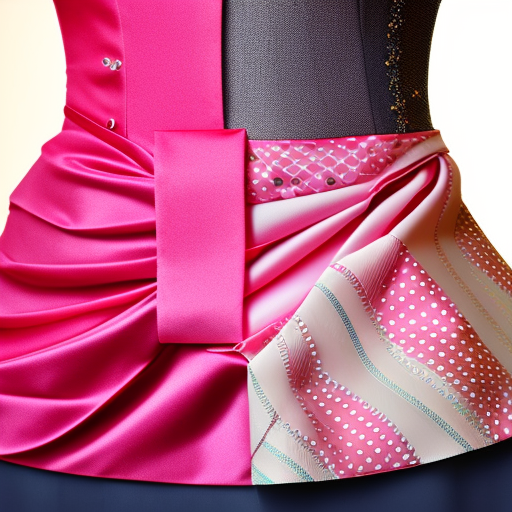
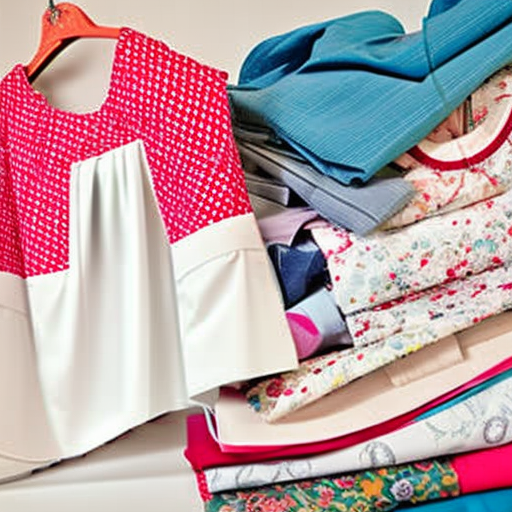
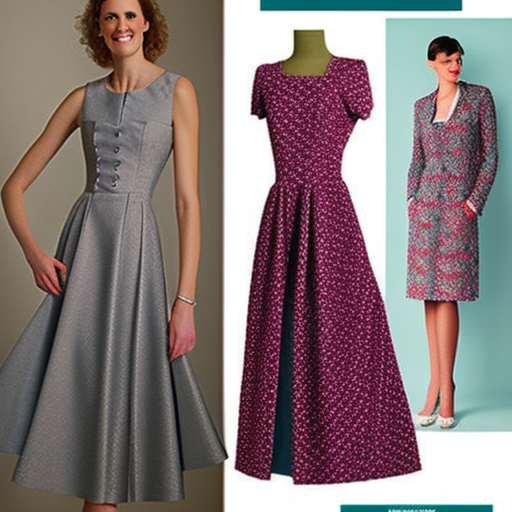
What a great project 🙂
Amber Rios: Sounds good! #LoveMyCulture
Mika Quintin: Love it – such a great way to show cultural pride!!
This is a great opportunity to express cultural pride while combining art and fashion! It’s amazing to see Muslims around the world gaining recognition for their cultural contributions, like these sewing patterns.
Absolutely! Supporting local fashion designers is a great way to show love and appreciation for Muslim clothing. So glad this project is encouraging that! #LoveCulturalPride
Agree! This looks like a beautiful way to honor Muslim fashion and traditions 🙂
Wonderfully said – Muslim fashion is becoming more and more popular and influential every day! #FashionRevolution